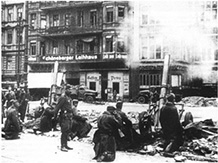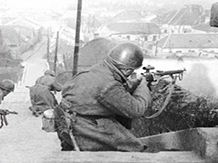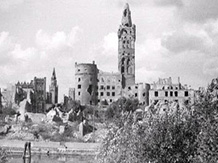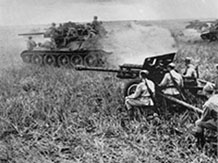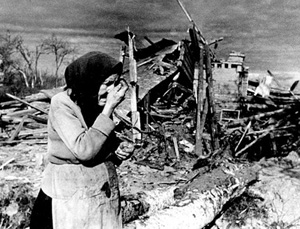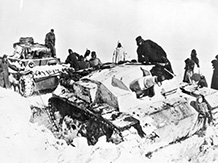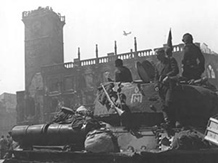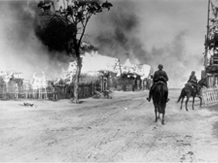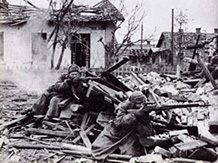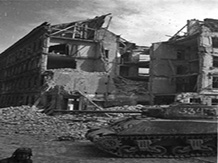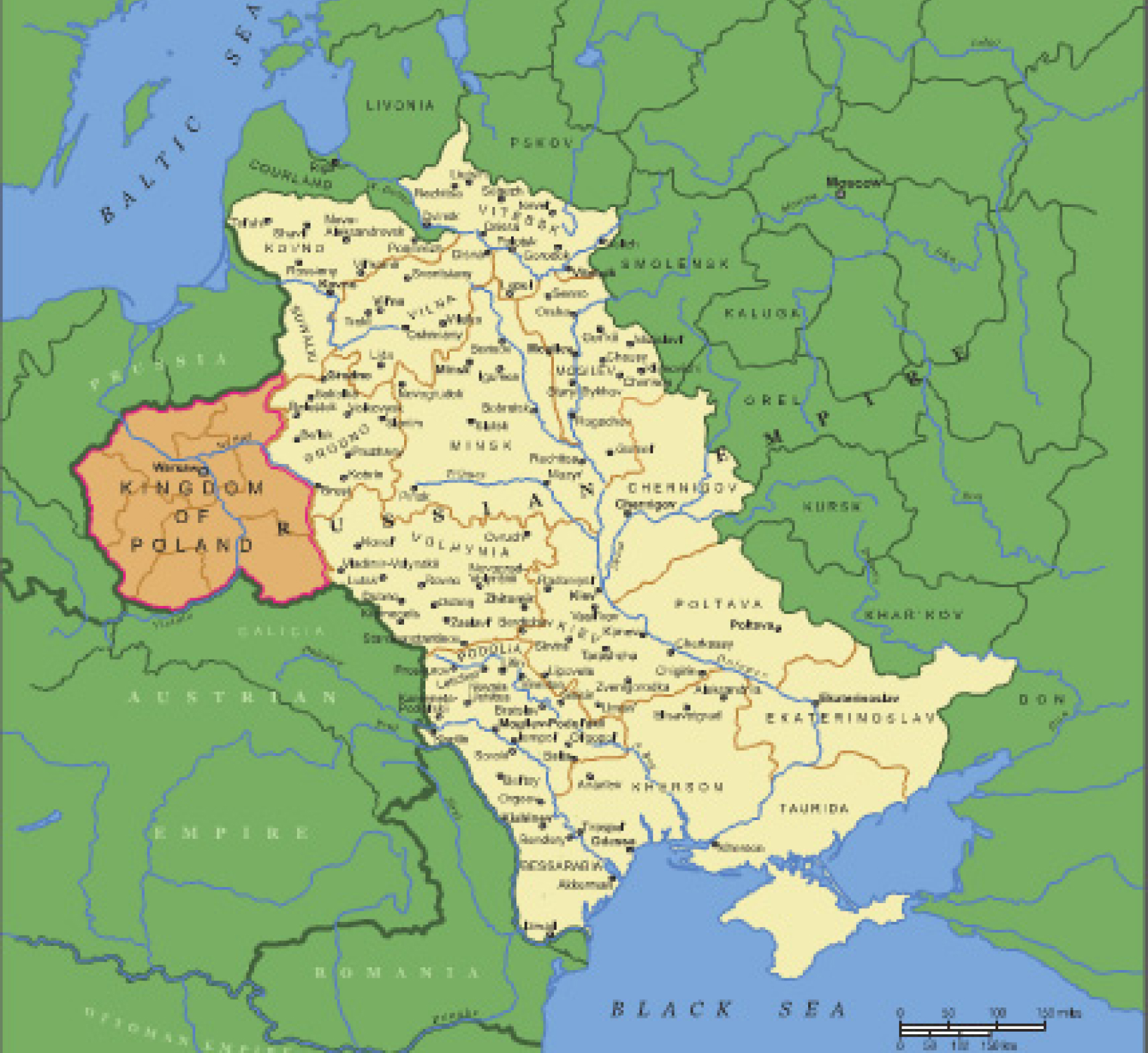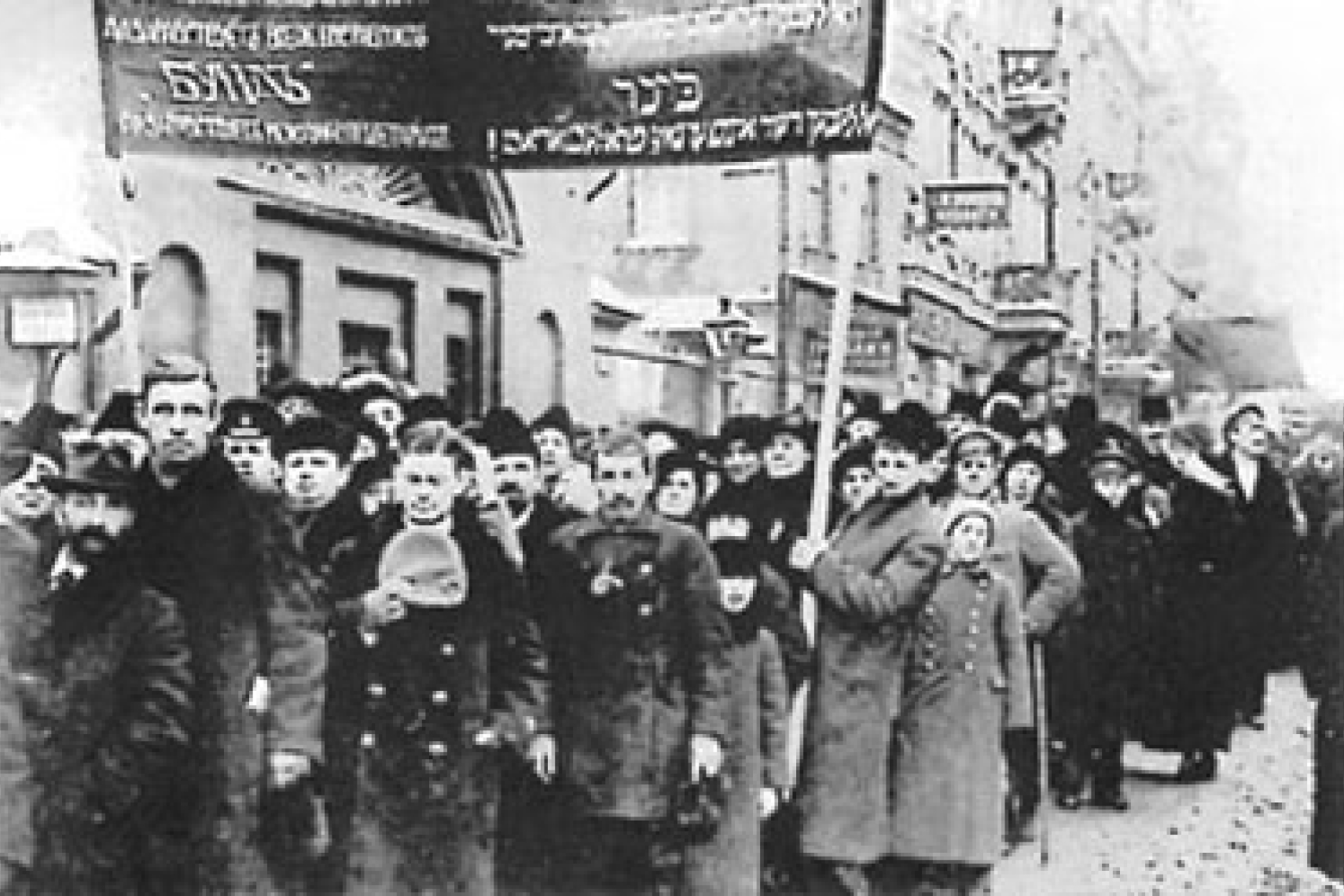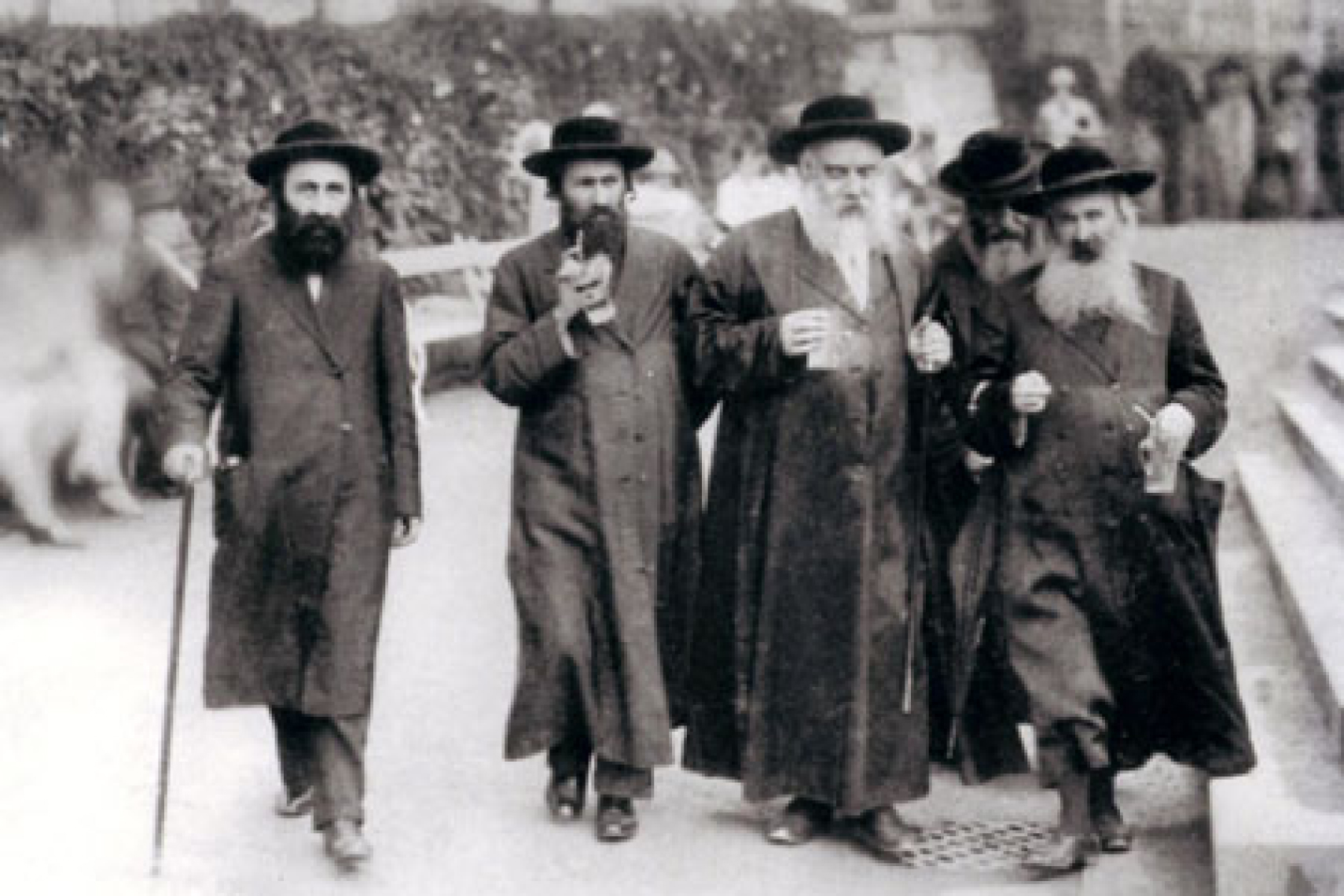Veterans Interviewed Served As Follows :
Artillery:
Sheil Barkin heavy machine gunner, Yakov Chudnovsky anti aircraft gunner, Zinovi Feigin radio operator and paratrooper, Beniamin Frumkin engineer, Yakov Gelfandbein paratrooper and assistant battery commander, Nikolai Golosarski anti aircraft artillery, Shulim Grinberg anti air force gunner and mechanic, Eugene Kats heavy machine gunner, Issak Kogan submachine gunner, Yakov Krenin Katyosha rocket platoon commander, Shelma Mushkat artillery commander, Semyon Perlamutrov anti tank artillery, Yakov Perlamutrov machine gunner, Valentin Rabinovich altitude and range estimator in anti aircraft battalion, Zinoviy Rovner Junior Sergeant, Radio Operator in Artillery Unit, Lev Shneider rifleman Battle of Stalingrad Platoon Commander and Signal Officer
Tank Division:
David Fisherman tank mechanic and driver, Philip Potiyevsky armoured vehicle driver, Yakov Rats tank repair instructor, Anatoly Schwartzman tank operator 2nd Belarusian front, Vladimir Shechtman tank driver Belarusian front, Aleksey Shtern Sergeant Major in tank unit
Air Force:
Isaak Budnitski sergeant aviation regiment, Iosif Kabanovski flight navigator, Arkadi Novokolsky pilot and engineer- assisted in inventing a new reconnaissance camera, Leonid Sheinker air force engineer and gunner, Grigory Svirsky air force mechanic and gunner, Yevgeniy Vesyoly mechanic Normandie-Nieman Regiment
Navy:
Victor Perchuk Served on ‘Marina Roskova’ navy engineer and minesweeper
Doctors, Nurses, Medics, Administration:
Efim Feldman paramedic, Nina Goldstein orphanage support, Nina Korovkina surgeon, Fira Leikina field hospital admin, Zinoviy Ovsey surgeon, Sima Vesyoly nurse
Infantry:
Issak Ashmian bridge construction, Mark Bas motorcycle division, Moisei Chernoguz communication and command of convict unit, Lazar Chukhovich sniper, Leonid Feldman communications group leader Grigori Genin platoon commander Riffle division, Yurii Iakren mobilized infantry, Boris Khaykin infantry, Liya Liberova sergeant anti aircraft defense of Leningrad, Alexei Litvachuk communications, Lev Nevler radio and artillery operator, Efim Perlych infantry, Grigori Voiler Rifleman, Radio Operator, Isaak Zarembo private 43rd Latvian Guards Division, Iosif Zibenberg private in communications platoon in armoured landing division (paratrooper)
Partisans:
Mikhail Bass Bellarus partisan, Eugene Kats Polish Partisan, Anna Khalyavskaya Bellarus partisan, Lev Pikus Bellarus partisan, Noah Shneidman Front Line Infantry – Polish Partisans
Political Officers:
Boris Kravitz investigator in German POW camps – in charge of finding Nazis and charging with war crimes.
Ghetto Survivor:
Child Survivors:
Abram Gamer, Zinovi Rogov Child During Siege Of Leningrad, Berta Tsirkina Siege Of Leningrad Survivor.

